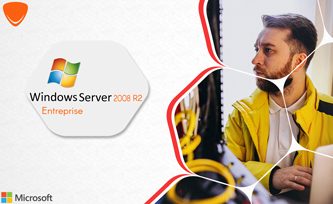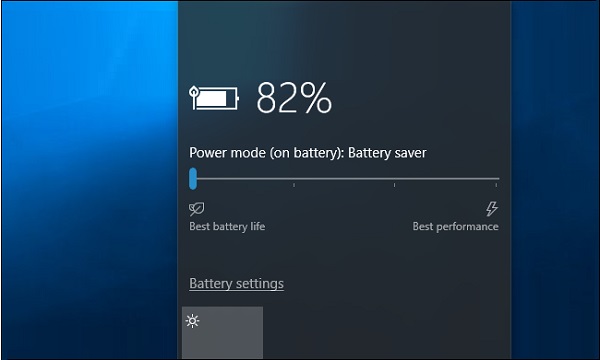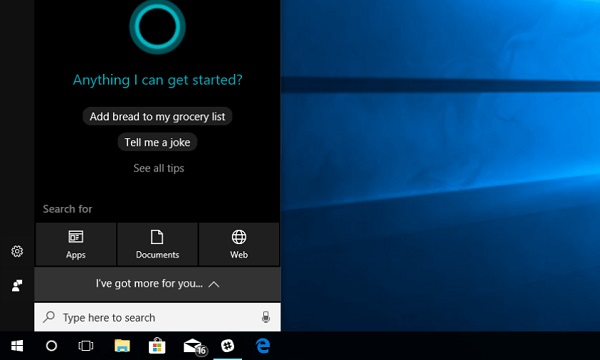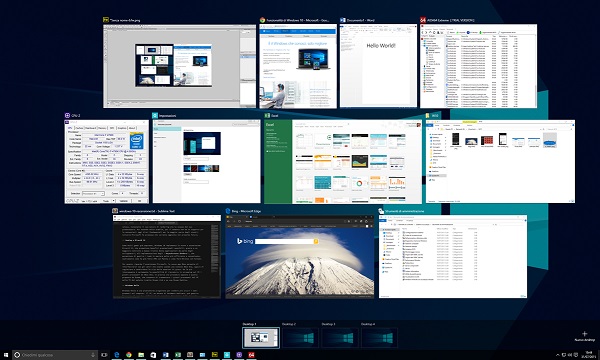Windows Server 2008 R2 Enterprise
Different payment methodsPay orders in convenient ways.
Best priceWe are proud of our prices, hundreds of customers check them every day, which give a choice to our online store!
Description
Windows Server 2008 R2 Enterprise is the best choice for Professionals
With the Windows Server 2008 R2 Enterprise you will notice huge enhancements in Hyper-V. New document management abilities in file services. Supports live migration of virtual servers. VPN is now optional with Windows 7 clients. Support for 256 logical processors. Hyper-V supports up to 64 logical processors. Enhanced graphics for VMs via RemoteFX. Better performance for VMs with Dynamic Memory.

What are the advantages of Windows Server 2008 R2 Enterprise features for your business?
Windows Server 2008 R2 has had a development path parallel to that of Windows 7. So much so, that Server 2008 R2 is often dubbed, "Windows 7 Server." Both operating systems share the distinction of breathing new life into Windows OSes with a bevy of amazing features and, after the much-maligned Windows Vista, some may say helped to salvage Microsoft's reputation. It isn't surprising that since the development of both OSes has been intertwined, Microsoft released the first Service Pack for each at the same time on February 22, 2011. While SP1 delivers under-the-hood enhancements to both operating systems, it's Server 2008 R2 that gets the addition of two cool new enhancements, improved RemoteFX and the new Dynamic Memory feature..
Active Directory: (AD)
Active Directory: (AD) is a directory service that Microsoft developed for the Windows domain networks. It is included in most Windows Server operating systems as a set of processes and services. Initially, Active Directory was only in charge of centralized domain management. Starting with Windows Server 2008, however, Active Directory became an umbrella title for a broad range of directory-based identity-related services. A server running Active Directory Domain Services (AD DS) is called a domain controller. It authenticates and authorizes all users and computers in a Windows domain type network—assigning and enforcing security policies for all computers and installing or updating software. For example, when a user logs into a computer that is part of a Windows domain, Active Directory checks the submitted password and determines whether the user is a system administrator or normal user. Also, it allows management and storage of information, provides authentication and authorization mechanisms, and establishes a framework to deploy other related services: Certificate Services, Active_Directory_Federation_Services, Lightweight Directory Services and Rights Management Services.

Hardware virtualization
is the virtualization of computers as complete hardware platforms, certain logical abstractions of their componentry, or only the functionality required to run various operating systems. Virtualization hides the physical characteristics of a computing platform from the users, presenting instead an abstract computing platform. At its origins, the software that controlled virtualization was called a "control program", but the terms "hypervisor" or "virtual machine monitor" became preferred over time.

Management features
version 7.5 of the Internet Information Services web server and support for up to 256 logical processors. It is built on the same kernel used with the client-oriented Windows 7, and is the first 64-bit–only operating system released from Microsoft. Seven editions of Windows Server 2008 R2 were released: Foundation, Standard, Enterprise, Datacenter, Web, HPC Server and Itanium, as well as Windows Storage Server 2008 R2. A home server variant called Windows Home Server 2011 was also released. It was succeeded by Windows Server 2012.










